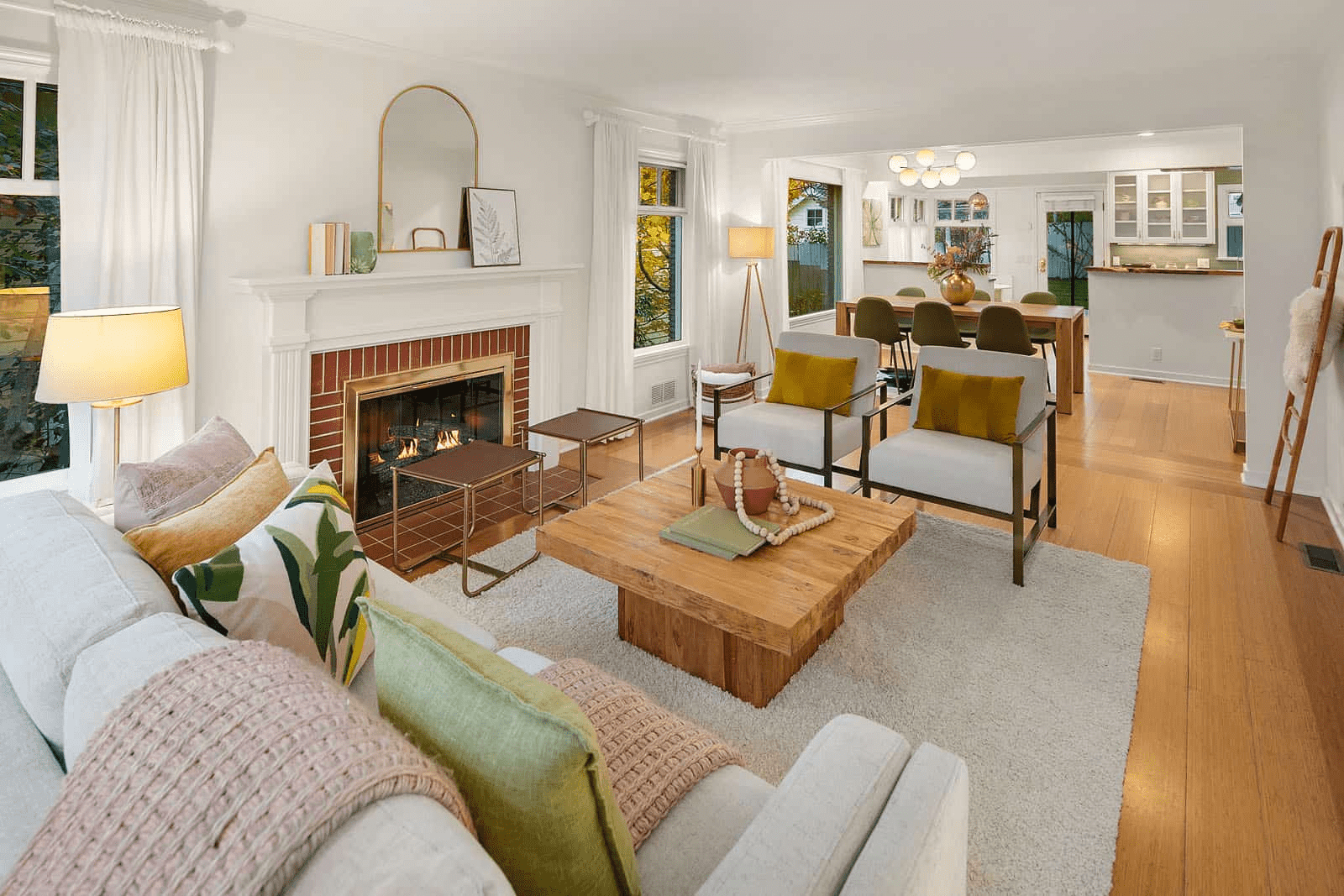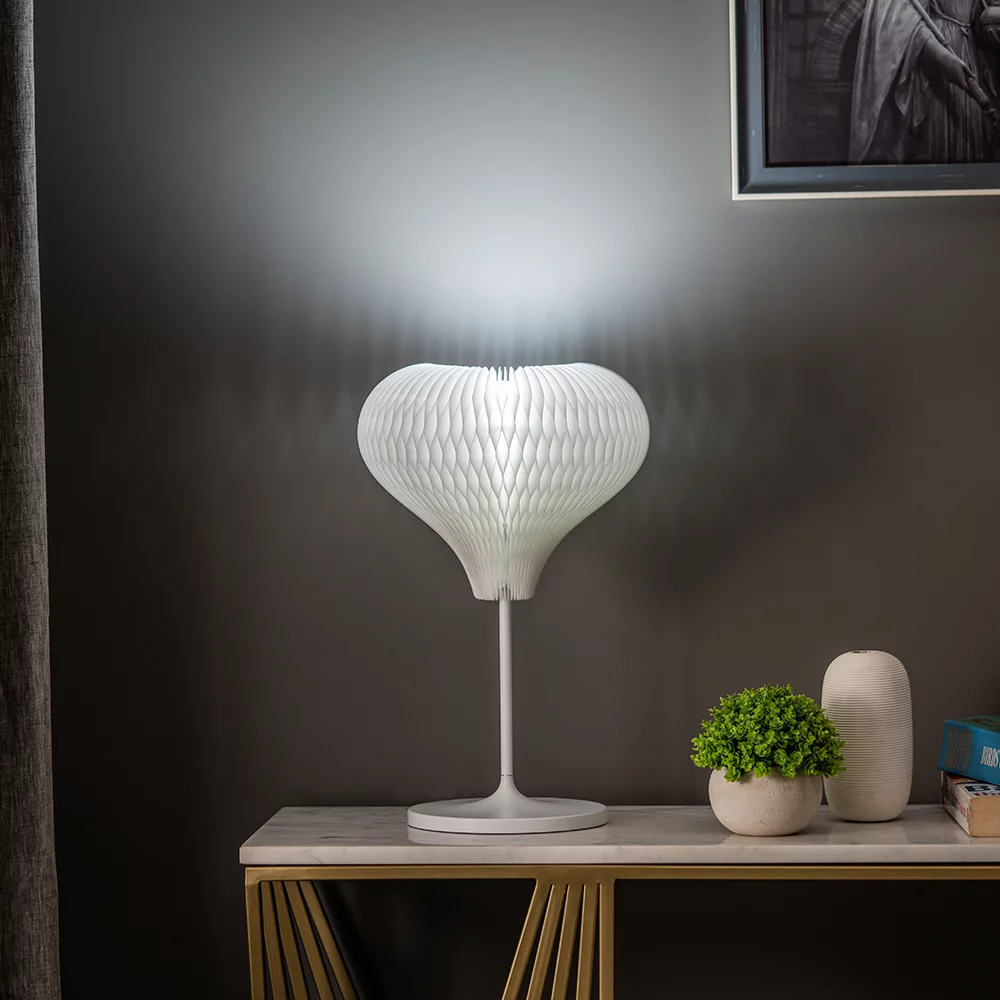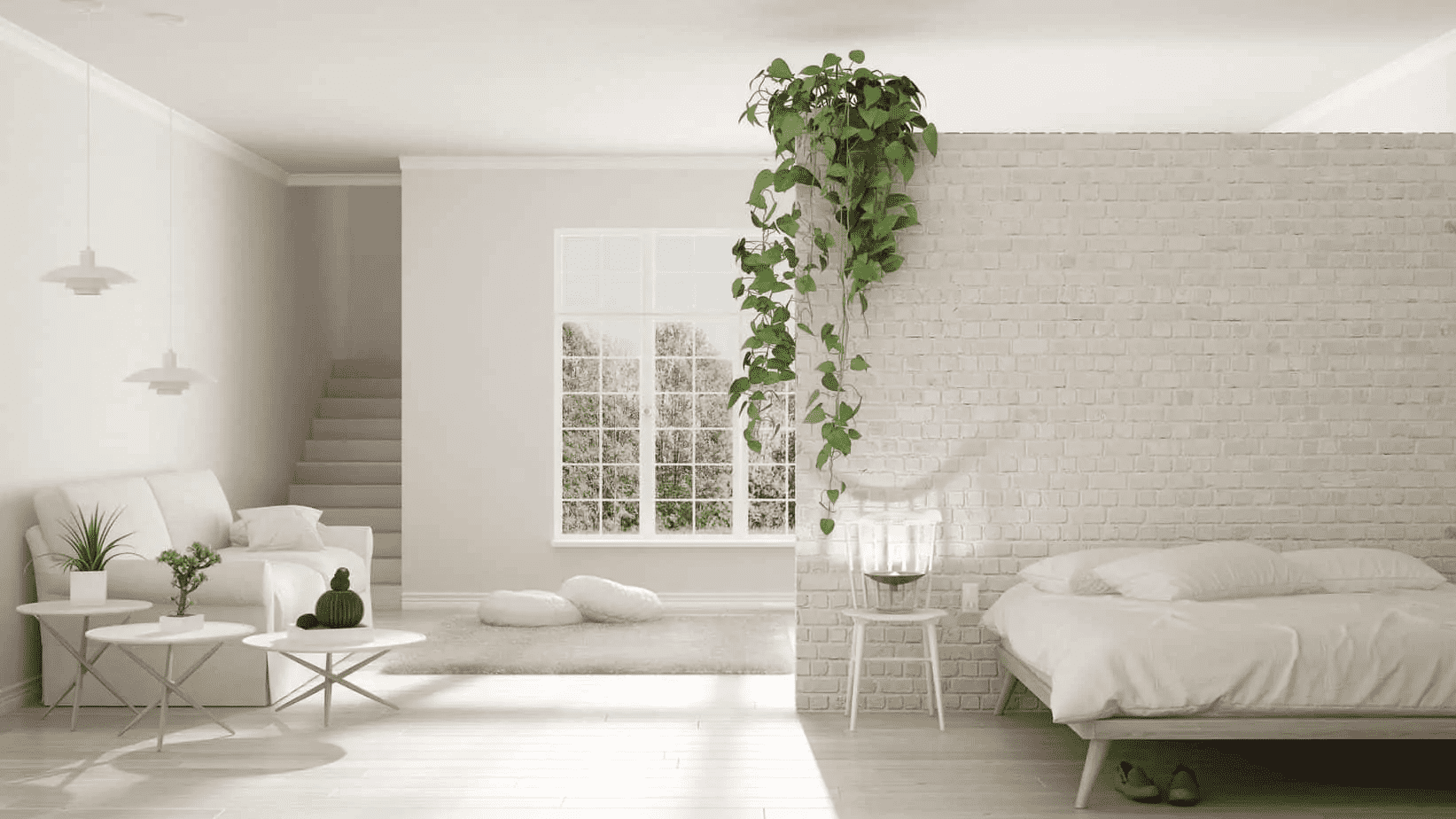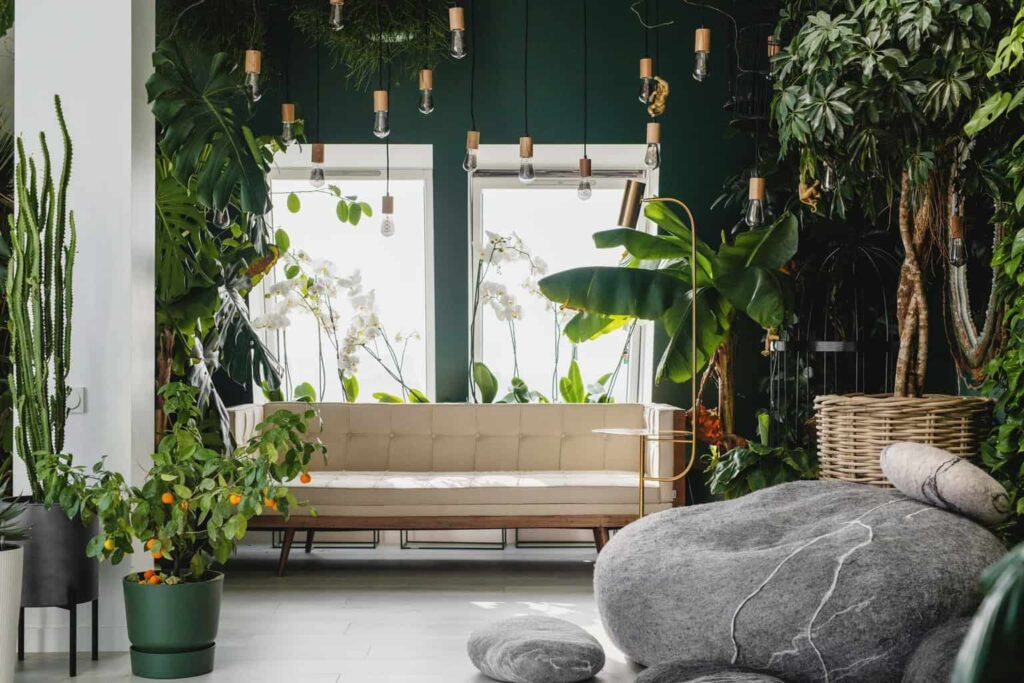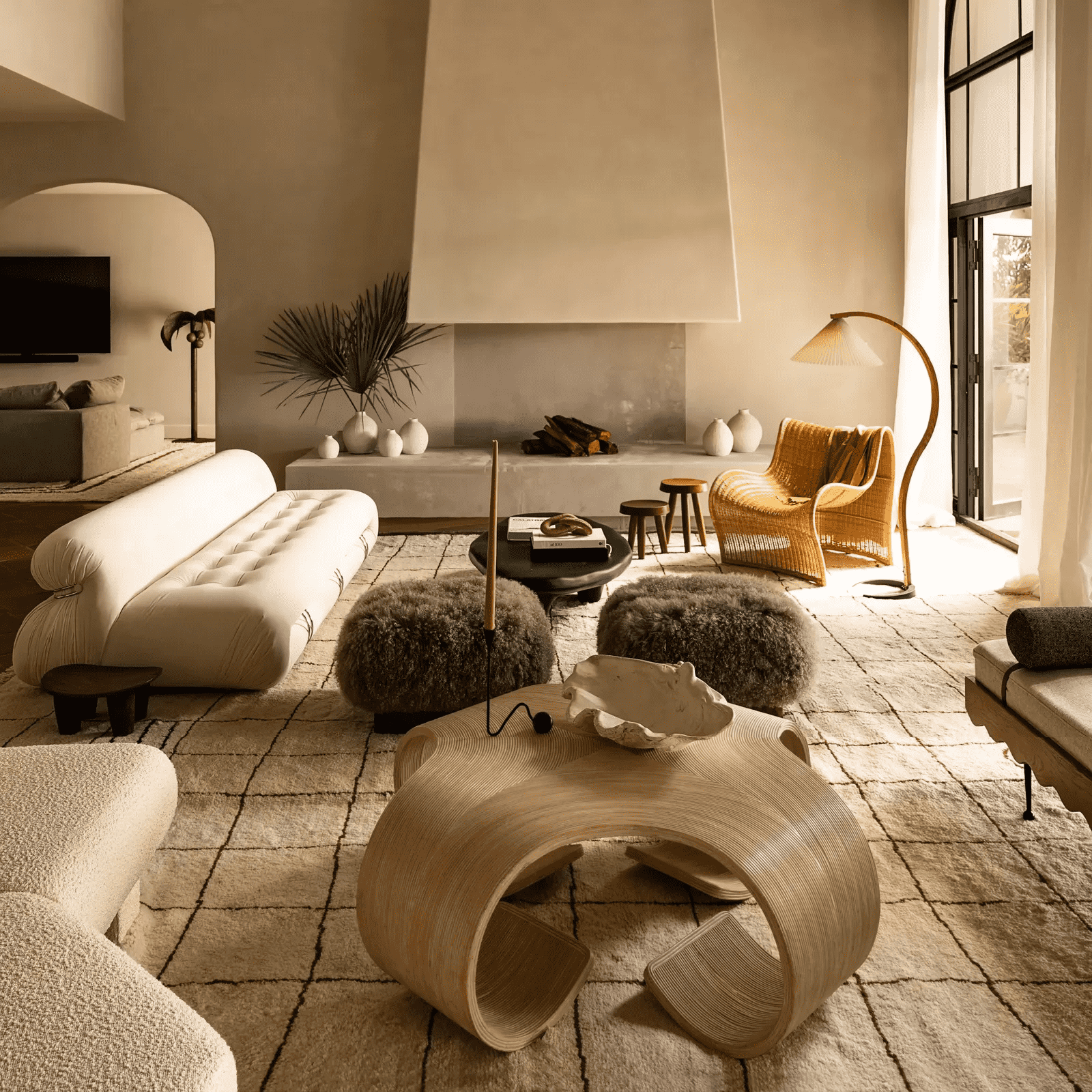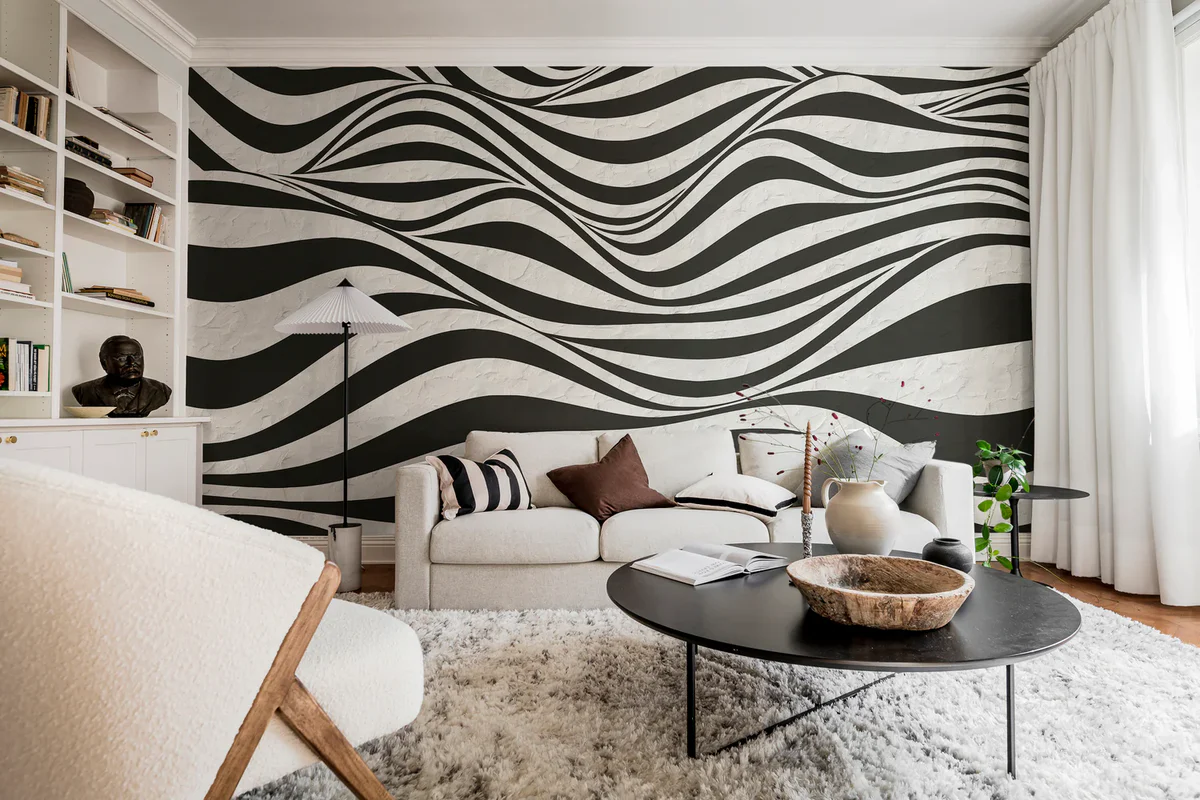
In 2025, interior design is about more than just aesthetics; it's about expressing personality and creating immersive experiences within our homes. Statement walls, also known as accent walls, are emerging as a powerful tool for achieving this, offering a focal point that can transform a room's atmosphere. They move beyond simple decoration, becoming canvases for self-expression and design innovation. Whether it's through bold colors, intricate textures, or captivating patterns, a well-executed statement wall can elevate a space, reflecting individual style and enhancing the overall ambiance. This guide explores the world of statement walls, offering inspiration and practical advice for incorporating them into your home.
Statement walls have evolved. What once might have been a single, brightly painted wall has now become a sophisticated design element incorporating a wide array of materials, textures, and technologies. This guide delves into the creation of impactful statement walls, providing insights to help you design a feature that truly resonates with your style and enhances your living space.
Understanding the Power of a Statement Wall
A statement wall is more than just decoration. It's a design choice that can drastically alter the perception of space, highlight architectural features, and inject personality into a room. They serve as a focal point, drawing the eye and setting the tone for the entire area.
Benefits of a Statement Wall:
- Adds Visual Interest: Breaks the monotony of plain walls.
- Defines a Space: Helps to create distinct zones within an open-concept layout.
- Reflects Personal Style: Showcases individual tastes and preferences.
- Enhances Architectural Features: Accentuates existing elements like fireplaces or windows.
- Increases Perceived Value: A well-designed statement wall can elevate the overall look of a home.
Practical Guidance: Selecting the Right Statement Wall for Your Space
Choosing the right type of statement wall requires careful consideration of several factors, including room size, existing décor, and desired aesthetic. Here's a step-by-step guide:
1. Assess Your Space:
- Room Size: Larger rooms can handle bolder and more dramatic statement walls, while smaller rooms benefit from lighter colors and simpler designs to avoid feeling overwhelmed.
- Natural Light: Rooms with ample natural light can support darker and richer colors, while rooms with limited light may require lighter hues to brighten the space.
- Existing Décor: Consider the style and color palette of your existing furniture and accessories. The statement wall should complement, not clash with, the overall design.
- Architectural Features: Identify any existing architectural features, such as fireplaces, windows, or built-in shelves, that you want to highlight or integrate into the statement wall design.
2. Choose Your Material:
The material you select plays a crucial role in the overall impact of your statement wall. Here are some popular options:
- Paint: A classic and versatile choice, offering endless color options and finishes. Consider using different paint techniques, such as ombre, stripes, or geometric patterns, to add depth and interest.
- Wallpaper: Offers a wide range of patterns, textures, and colors, from subtle and sophisticated to bold and dramatic. [**Informational link to wallpaper installation guide**](https://www.example.com/wallpaper-installation-guide).
- Wood Paneling: Adds warmth, texture, and a touch of rustic charm. Options include shiplap, board and batten, and reclaimed wood.
- Stone or Brick: Creates a natural and textured look, perfect for adding a touch of character to a modern or industrial space.
- Tile: Offers a durable and stylish option, particularly suitable for bathrooms and kitchens. Consider using mosaic tiles or large-format tiles to create a unique statement.
- Fabric: Adds a soft and luxurious touch. Upholstered walls can also improve acoustics.
- Mirrors: Can visually expand a small space and reflect light, creating a brighter and more open feel.
- Murals: Commissioning a mural from a local artist allows for a truly unique and personalized statement wall.
3. Color Psychology:
Color plays a significant role in setting the mood of a room. Understanding color psychology can help you choose the right color for your statement wall:
- Blue: Calming and serene, promotes relaxation.
- Green: Refreshing and natural, evokes feelings of harmony and balance.
- Yellow: Cheerful and optimistic, stimulates creativity and energy.
- Red: Bold and energetic, creates a sense of excitement and passion.
- Purple: Luxurious and sophisticated, associated with creativity and spirituality.
- Gray: Neutral and versatile, provides a calming backdrop and allows other colors to pop.
4. Pattern and Texture:
Consider incorporating patterns and textures to add depth and visual interest to your statement wall:
- Geometric Patterns: Create a modern and dynamic look.
- Floral Patterns: Add a touch of romance and femininity.
- Abstract Patterns: Offer a unique and artistic statement.
- Textured Finishes: Such as stucco, Venetian plaster, or textured wallpaper, add depth and tactile appeal.
5. Lighting:
Proper lighting can enhance the impact of your statement wall. Consider using:
- Spotlights: To highlight specific features or artwork.
- Accent Lighting: To create a warm and inviting ambiance.
- Backlighting: To add depth and dimension to textured walls.
Long-Term Considerations: Maintenance and Ownership Costs
Creating a statement wall is an investment, and it's essential to consider the long-term maintenance and potential ownership costs associated with different materials and designs.
Maintenance Requirements:
- Paint: Requires occasional touch-ups to cover scratches and scuffs. Deep cleaning might be needed every few years.
- Wallpaper: Some wallpapers are more durable and washable than others. Consider the traffic in the area when selecting wallpaper.
- Wood Paneling: May require regular dusting and occasional polishing. Some wood finishes may require more maintenance.
- Stone or Brick: Generally low maintenance, but may require sealing to prevent staining.
- Tile: Easy to clean and maintain, but grout may require occasional cleaning or sealing.
- Fabric: Requires regular vacuuming to remove dust and debris. Stains may be difficult to remove.
Associated Ownership Costs:
- Repainting: If you decide to change the color or design of your statement wall, repainting will incur costs for paint and labor.
- Wallpaper Removal and Replacement: Removing wallpaper can be a time-consuming and labor-intensive process, potentially requiring professional help.
- Material Replacement: Over time, some materials may need to be replaced due to wear and tear, damage, or changing design preferences.
Table: Statement Wall Material Comparison
| Material | Cost (per sq ft) | Maintenance | Durability | Aesthetic |
|---|---|---|---|---|
| Paint | $1 - $5 | Medium | Medium | Versatile |
| Wallpaper | $2 - $15 | Low to Medium | Medium | Varied |
| Wood Paneling | $5 - $30 | Medium | High | Rustic, Warm |
| Stone/Brick | $8 - $40 | Low | High | Natural, Industrial |
| Tile | $3 - $25 | Low | High | Modern, Elegant |
Prices are accurate as of 2025 and may vary depending on location and specific materials.
Examples of Statement Wall Applications:
- Living Room: A textured wallpaper behind the sofa can create a cozy and inviting atmosphere.
- Bedroom: A painted accent wall in a calming color like blue or green can promote relaxation.
- Dining Room: A bold geometric pattern can add energy and visual interest to the space.
- Home Office: A corkboard wall or whiteboard wall can provide a functional and stylish space for brainstorming and organizing.
- Bathroom: Tile or stone can create a spa-like atmosphere.
Technology Integration:
In 2025, statement walls are increasingly incorporating technology. Consider these options:
- Integrated Lighting Systems: Controllable through smart home devices.
- Interactive Displays: Incorporate screens for displaying art or providing information.
- Acoustic Panels: Enhance sound quality while adding a modern aesthetic.
DIY vs. Professional Installation:
While some statement wall projects can be tackled as DIY endeavors, others may require professional installation. Consider your skill level and the complexity of the project when making this decision. For complex installations involving electrical work, plumbing, or structural modifications, it's always best to hire a qualified professional. [**Informational link to finding qualified contractors**](https://www.example.com/find-contractors).
FAQ: Statement Walls
- Q: What is the best color for a statement wall in a small room?
- A: Lighter colors, such as pastel shades or light neutrals, are generally best for small rooms as they help to create a more open and airy feel. Avoid dark colors, which can make the room feel smaller and more enclosed.
- Q: How do I choose the right pattern for a wallpaper statement wall?
- A: Consider the size of the room and the overall style of your décor. Larger patterns work well in larger rooms, while smaller patterns are better suited for smaller spaces. Choose a pattern that complements your existing furniture and accessories.
- Q: Can I create a statement wall on a budget?
- A: Yes! Paint is a cost-effective option for creating a statement wall. You can also use inexpensive materials like reclaimed wood or fabric to create a unique and personalized look. Another budget-friendly approach is to use stencils to create a patterned effect.
- Q: How do I maintain a statement wall made of natural stone?
- A: Natural stone statement walls should be sealed to protect them from stains and moisture. Regular dusting and occasional cleaning with a mild detergent are also recommended.
- Q: Is it possible to incorporate a TV into a statement wall?
- A: Absolutely. A TV can be seamlessly integrated into a statement wall using custom cabinetry or a floating shelf system. Ensure proper ventilation for the TV and conceal any unsightly cables.
Disclaimer: This information is for informational purposes only. Consult with a qualified interior designer or contractor before making any significant changes to your home.
Sources:
Statement walls offer a fantastic opportunity to inject personality and style into any space. By carefully considering the room's size, existing décor, and desired aesthetic, you can create a focal point that truly enhances your home. Remember to factor in long-term maintenance and potential costs when selecting materials and designs. Whether you opt for a bold paint color, a textured wallpaper, or a natural stone finish, a well-executed statement wall can transform a room and reflect your unique style.
